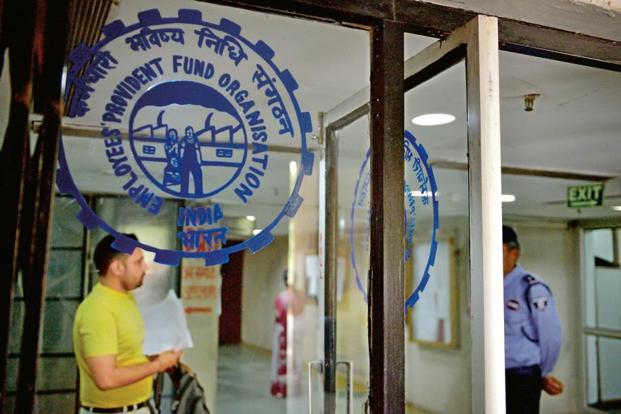Employees’ Provident Fund (EPF) and Public Provident Fund (PPF) are popular choices when it comes to retirement planning because they keep your investment safe and guarantee returns
With all the emphasis that retirement planning gets when it comes to personal finances today, it is still one of the most important things to do to ensure your golden years are as stress-free as possible. A 2018 HSBC report, ‘The Future of Retirement, the Cost of Ageing’, reveals that at least 68 per cent of all Indians desire financial support from their children during retirement. However, the report further states that only 30 per cent of current retirees are receiving such support.
With higher standards of living and consumer expenses multiplying in our lives, it is in your best interest to start planning for retirement from day one of your work rather than to rely on your children.
To help you build funds you can access post-retirement, you have two options: EPF and PPF. Here you invest in small portions over a long term and create a lump sum for use during retirement. EPF and PPF are popular choices when it comes to retirement planning because they keep your investment safe and guarantee returns.
Additionally, the schemes yield better tax-adjusted returns with tax exemptions in tow. However, before you start investing in any or both of these schemes to secure your retirement, learn the differences between the two.
1) Eligibility
EPF (Employees’ Provident Fund) is governed by the Employees’ Provident Fund Organisation (EPFO) and is offered only to salaried individuals. This is a mandatory savings scheme that is applicable to employees of a company with more than 20 employees or for employees whose salary is above the minimum amount stipulated. The PPF (Public Provident Fund), on the other hand, is offered by banks and post offices to everyone, regardless of whether you are salaried or not.
2) Contribution rules
Investing in EPF is mandatory for the salaried, provides the organisation you are working in conforms to the EPFO regulations. Up to 12 per cent of your Basic + DA is deducted and contributed to your EPF account. Added to this is your Employer’s contribution, which is equal to yours. Should you wish to save aggressively and increase your contribution to EPF, you can request your employer and apply for a VPF (Voluntary Retirement Scheme), which is an extension of EPF. Bear in mind that VPF contributions are completely up to you, and while you may increase your contribution, your employer is not obligated to do so.
PPF is also a voluntary retirement scheme that was introduced to facilitate and encourage savings for retirement. In a financial year, you are allowed to make a minimum deposit of Rs 500 and a maximum of Rs 1.5 lakh. The contribution can either be lump sum or in instalments.
3) Rate of interest
The interest rate on EPF is declared by the EPFO every year. For 2017-18, it was set at 8.55 per cent. The PPF interest rates are linked to the 10-year government bond yields and change on a quarterly basis. For the last quarter of the 2018-19, the PPF interest rate stands at 8 per cent.
4) Tax benefits
The amount you get when your EPF matures is tax-exempt only if you have a track record of at least five years of continuous service. Should you switch jobs within this time, you can avoid tax by transferring your existing EPF account to your new employer. Also, in case of unemployment, your EPF interest for that particular period is taxable. In contrast, PPF has an EEE tax status. This means your PPF investment is tax-free at all levels, contribution, accumulation, and maturity.
5) Lock-in period
An EPF account has a lock-in period of five years so that you get tax benefits. However, you can transfer the same account with every new employer. You can withdraw the maturity amount either on retirement after the age of 55. When it comes to PPF, there is a lock-in period of 15 years.
6) Premature withdrawal
You can make tax-free EPF withdrawals on the completion of five years of continuous service. If you withdraw before completing five years, you will be charged 30 per cent TDS in the absence of PAN details and 10 per cent if you have submitted the PAN details with EPFO. Also, the premature withdrawals are only allowed in case of children’s wedding, repaying a home loan, and meeting medical treatment, among others.
The timeline varies for each. For example, you can withdraw for marriage expenses only after 7 years. According to the new rules that were set in place earlier this year, you can withdraw 75 per cent of EPF if you are unemployed for at least a month. In this case, your account is maintained with EPFO until you get another job. Additionally, you can withdraw the rest, after two months of being unemployed.
From the seventh year onwards, you can withdraw a sum of money from your PPF account, but there are certain stipulations to follow. You can withdraw the lower amount between the 50 per cent of the balance during the end of the fourth year or 50 per cent of the balance at the end of the year before you withdraw. Remember that you can withdraw only once a year, but the good news is that this amount is free from taxes.


